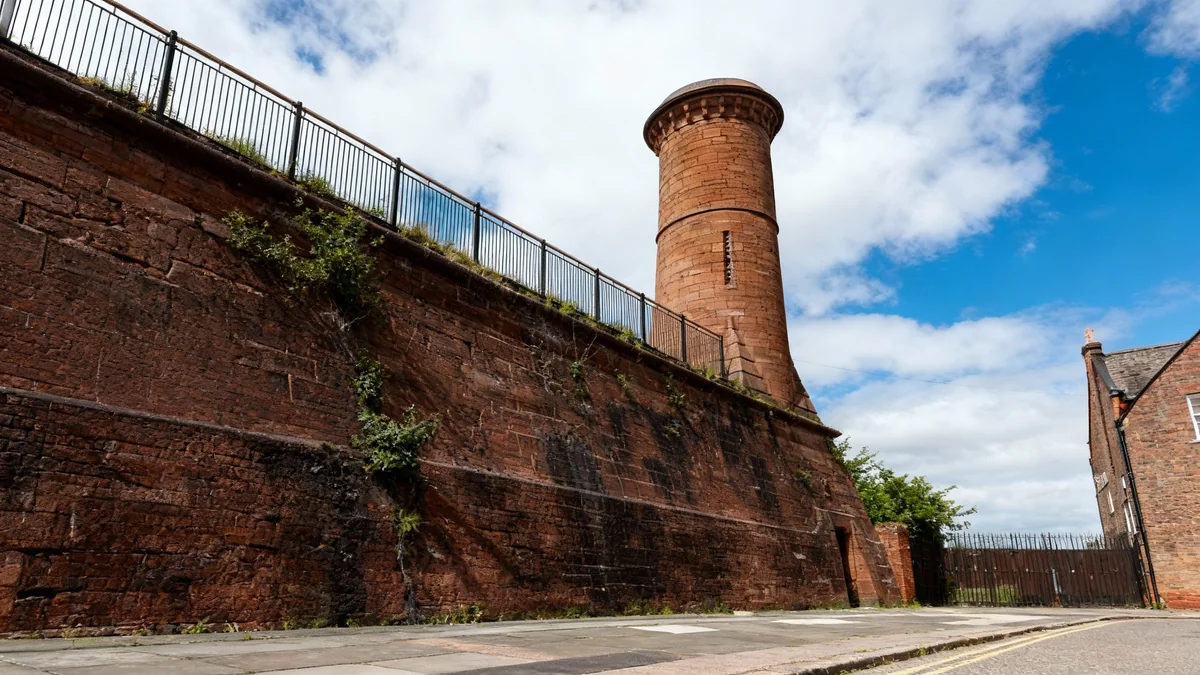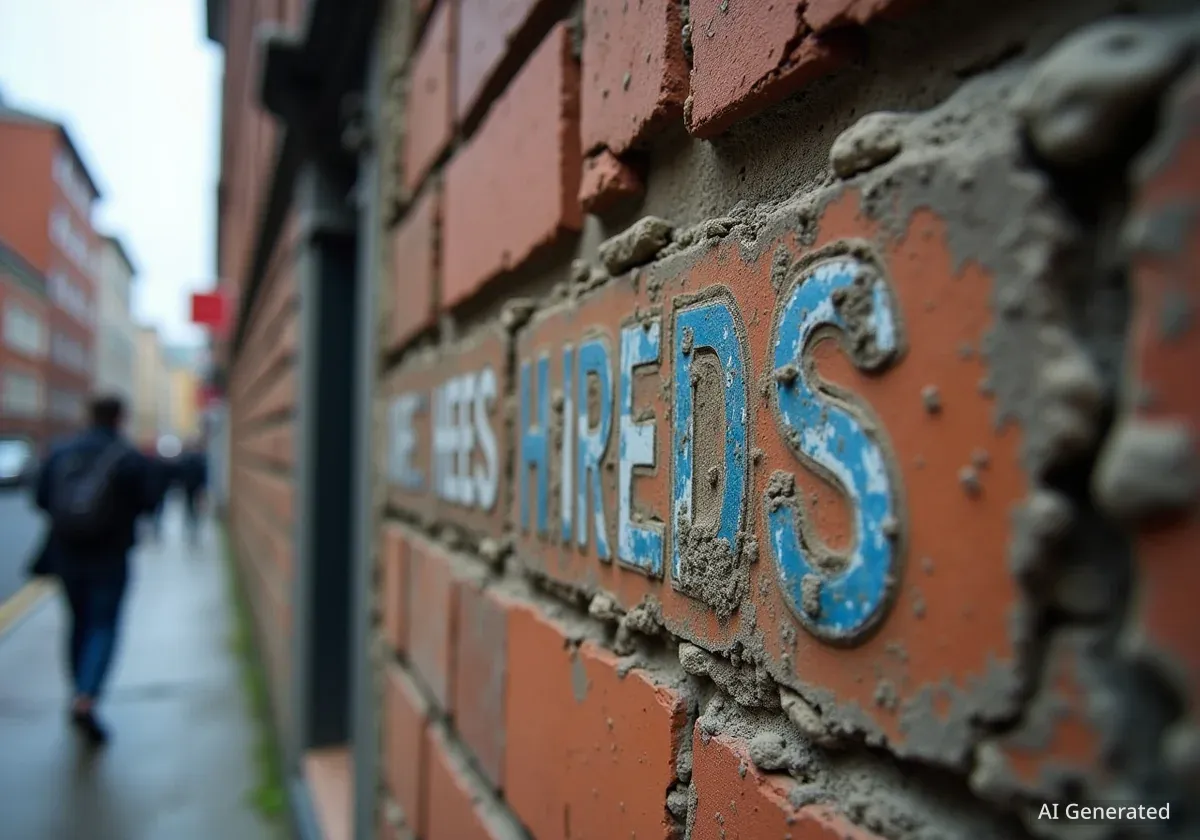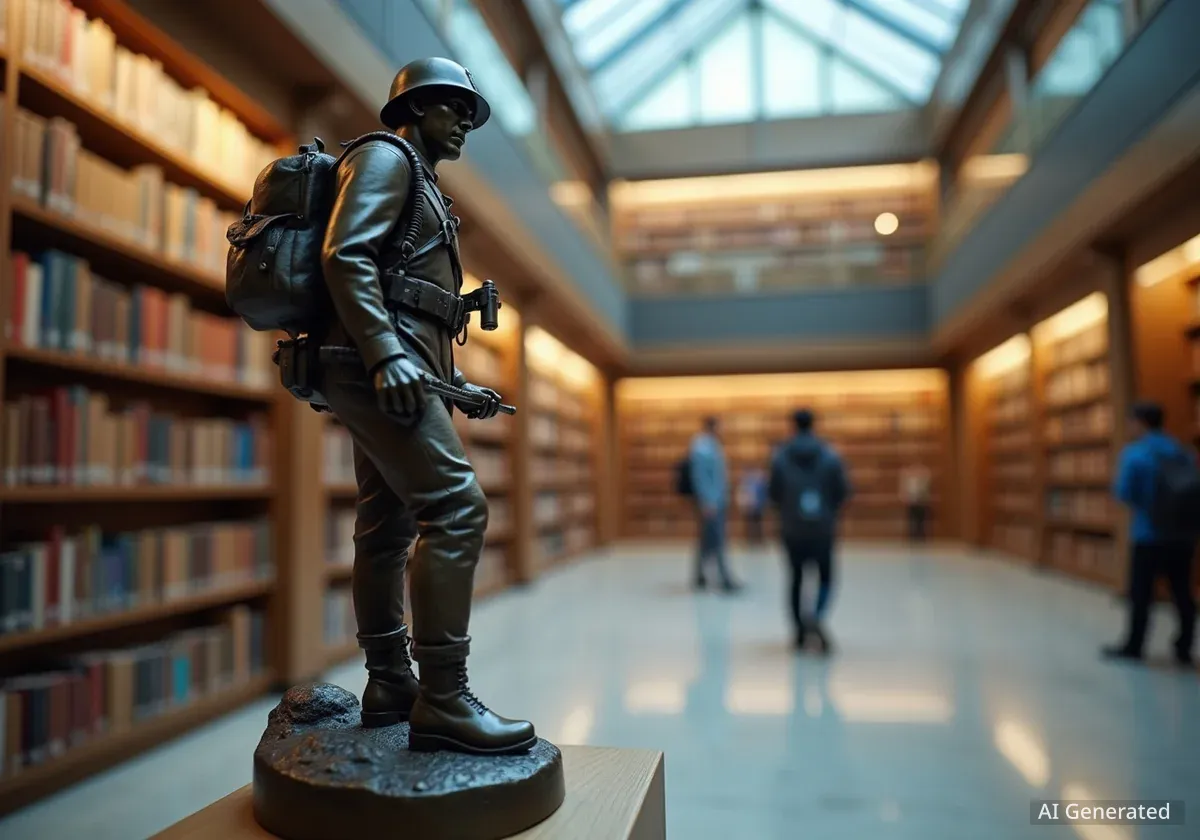A full-scale replica of a 17th-century Spanish galleon, the Galeón Andalucía, has arrived in Liverpool for the first time. The impressive wooden vessel is now docked at the Royal Albert Dock and will be open for public tours until October 5th.
The ship offers visitors a unique opportunity to step back in time and explore a vessel that represents three centuries of maritime history, global trade, and exploration. Its arrival marks a significant cultural event for the city's famous waterfront.
Key Takeaways
- What: The Galeón Andalucía, a replica of a 17th-century Spanish galleon, is visiting Liverpool.
- Where: The ship is moored at the Royal Albert Dock.
- When: Open to the public from September 25th to October 5th.
- Experience: Visitors can explore the ship's six decks and learn about its historical significance.
- Tickets: Prices start from £6 for children, with family packages available.
A Floating Museum Arrives on the Mersey
The Galeón Andalucía sailed into Liverpool, presenting a striking image against the modern backdrop of the city's waterfront. The vessel is a historically accurate reproduction of the ships that formed the backbone of Spain's vast trading empire from the 16th to the 18th centuries.
These galleons were instrumental in connecting continents, facilitating the exchange of goods, cultures, and ideas across the Atlantic and Pacific oceans. The arrival of this replica in a city renowned for its own maritime past creates a powerful connection between two distinct eras of seafaring history.
For the next several days, the ship will serve as a floating museum. It invites the public to walk its decks, interact with the crew, and gain insight into the challenging conditions of life at sea hundreds of years ago.
The Journey to Liverpool
The ship's arrival at the Royal Albert Dock was a carefully coordinated event. Navigating a vessel of this size and design into a modern port requires considerable skill. The crew, who live and work on board, are experienced sailors dedicated to preserving the traditions of square-rigged sailing.
As the galleon made its way up the River Mersey, it drew crowds of spectators along the waterfront, all eager to catch a glimpse of the historic silhouette. Its presence is a temporary but memorable addition to the collection of maritime attractions at the docks.
Liverpool's Maritime Legacy
Liverpool's own history as a global port provides a rich context for the Galeón Andalucía's visit. While the city's maritime prominence peaked in the 18th and 19th centuries, after the era of the Spanish galleons, its docks were once the gateway to the world. This visit highlights the shared European heritage of sea exploration and trade.
Exploring the Galeón Andalucía
The Galeón Andalucía is an impressive feat of shipbuilding, constructed with meticulous attention to historical detail. Visitors who step aboard will have access to a wealth of information about its design, purpose, and the history it represents.
The ship is 55 meters long and features six decks, each offering a different perspective on the vessel's operation and the lives of its crew. From the command deck to the gun deck, the ship is filled with authentic reproductions and informative displays.
Ship Specifications and Construction
The construction of the Galeón Andalucía is a testament to traditional craftsmanship. It was built in Punta Umbría, Spain, using iroko and pine wood, materials known for their durability and suitability for marine environments.
By the Numbers: Galeón Andalucía
- Length: 55 meters (180 feet)
- Decks: Six
- Masts: Three
- Sails: Seven
- Sail Area: Nearly 1,000 square meters
- Construction: Iroko and pine wood
The seven sails, which have a combined area of nearly 1,000 square meters, are a reminder of the raw power of wind that propelled these vessels across vast oceans. While the ship is equipped with modern navigation and safety equipment, its operation remains fundamentally tied to the principles of 17th-century sailing.
The Historical Role of Spanish Galleons
The original galleons were multi-purpose ships, designed to be formidable in battle and capacious enough for transporting valuable cargo. They sailed on some of the most important trade routes in history, most notably the transatlantic route connecting Spain with its American colonies and the transpacific route between Mexico and the Philippines.
These voyages were long and perilous. Crews faced the constant threats of storms, disease, and pirates. The design of the galleon, with its high castles at the bow and stern and its heavy armament, was a direct response to these dangers.
Life Aboard a 17th-Century Ship
A tour of the Galeón Andalucía provides a glimpse into the harsh realities of life at sea. The living quarters were cramped, and the work was physically demanding. The ship's decks are filled with the tools of the trade: ropes, cannons, anchors, and navigation instruments.
Visitors can explore the areas where sailors would have eaten, slept, and worked, imagining the discipline and resilience required to operate such a vessel. The experience is designed to be both educational and immersive, bringing a pivotal period of world history to life.
Visitor Information and Tickets
The Galeón Andalucía will be open to the public at the Royal Albert Dock until October 5th. This limited engagement provides a unique chance for families, history enthusiasts, and anyone interested in maritime culture to experience the vessel firsthand.
Tickets are required for entry and can be purchased in advance online to secure a visiting slot. Organizers recommend booking ahead, especially for weekend visits, due to expected high demand.
Ticket Pricing Structure
The pricing for entry to the ship is structured to accommodate individuals and families:
- Adults: £12
- Children (ages 5-10): £6
- Family Ticket: £30 (includes two adults and up to three children aged 5-10)
According to the event organizers, tickets are available for purchase directly from the official Galeón Andalucía website. This visit is part of the ship's ongoing mission to share maritime history with communities across Europe.





